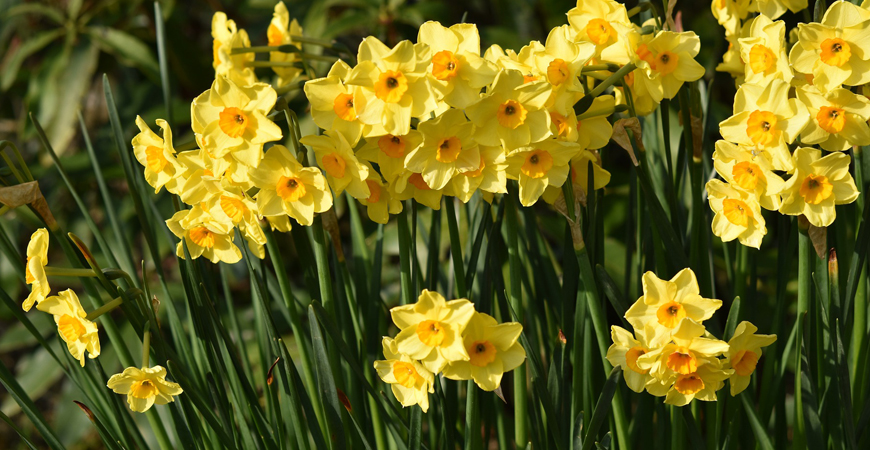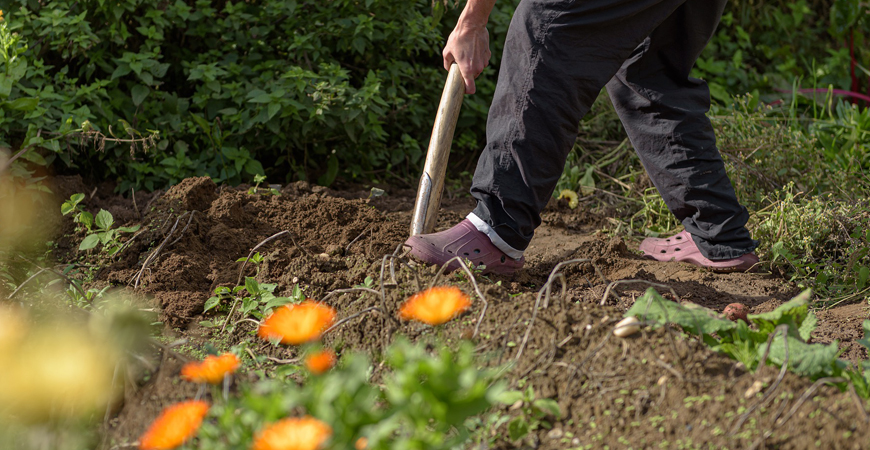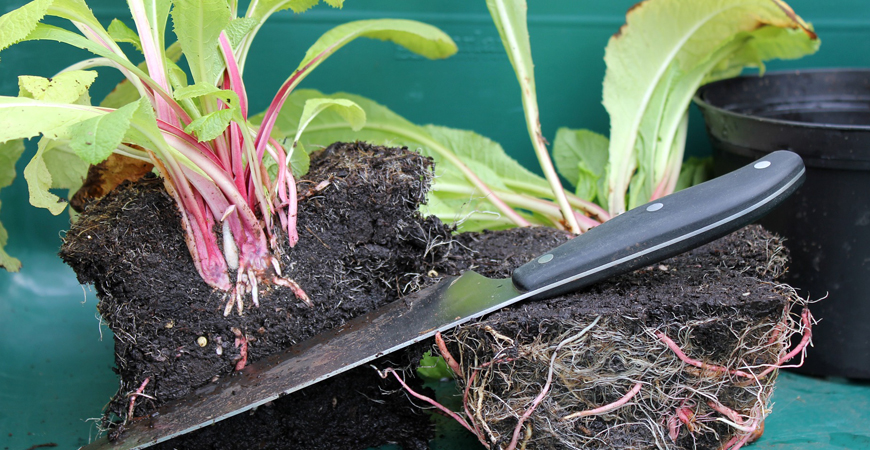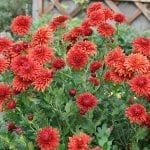
Essential Tips for Dividing Perennials
Have your daylilies called it a day? Have your daffodils stopped blooming? It may be time to divide your perennials. After a few years of growth, perennial plants may have fewer blooms. And the foliage may be sparse.
By dividing perennials, you’ll have more plants to grow for free. These garden perennials may need to be divided after a few years.
- Chrysanthemum
- Coneflower
- Daffodil
- Daylily
- Foxglove
- Fern
- Geranium
- Hosta
- Lemongrass
- Phlox
- Yucca
Why should I divide my perennial plants?
After three or more seasons, mature perennials may begin to produce fewer or smaller blooms, or the foliage may thin out. Tall plants may droop and need staking. These are signs that you may need to divide your perennials.
The benefits of dividing and transplanting perennials include:
- When you divide mature perennials into multiple plants, this will rejuvenate the old plants and help the new plants grow better.
- When perennials are cut into divisions and replanted, it makes more room for roots to grow. This increases the number of nutrients the plant can take in through the soil.
- If your perennials have grown too large for their home, dividing them can help manage their size.
- By dividing perennials, you’ll have more plants for free to grow in another part of the garden.
- If your garden looks overgrown, then dividing and replanting perennials can give your garden a new look.
- If you planted a perennial in the wrong location, then now is the time to move it to a more suitable spot.
When is the best time to divide perennial plants?
It’s best to divide spring and summer blooming perennials in autumn because it’s easier to spot the foliage in the garden. Peonies, Oriental Poppies, Siberian Iris, Daylily, and Veronica, are a few perennials that should be divided in the fall.
Divide your spring and summer perennials four to six weeks before the first frost or before the soil freezes.
It’s best to divide fall-blooming perennials in early spring because:
- It’s the time when new growth appears, which makes it easier for dividing and replanting
- Tender shoots that receive slight damage from moving will be affected less than mature foliage.
- Plants have stored up energy over the summer to help them recover.
Artemisia, Astilbe, Beebalm, Clematis, Delphinium, Forget-me-not, Pinks, and Lenten Rose are a few types of perennials that should be divided in early spring.
When dividing perennials, the main goal is to refrain from disturbing the plants during flowering or fruiting season.
How do I prepare my perennials for dividing?
Water the soil around the plants the day before. After replanting, give new transplants plenty of moisture to encourage new growth.
How often should I divide perennials?
The general rule is to divide your plants every three to five years. Or when the plant begins to bloom less or appears sparse or overcrowded.
How do I divide my perennials?
What You’ll Need
- Garden gloves
- Garden spade or fork
- Sharp knife
- Bucket
- Dig and lift the mature plant from the soil with a spade or fork.
- Gently remove any loose dirt from around the root ball with your fingers.
- To separate the main plant into smaller sections, gently untangle the roots and pull sections apart. Or, cut sections with a sharp knife or spade.
- Check to make sure each section has plenty of roots and a minimum of three healthy shoots. Additionally, store divisions in a bucket and place the bucket in a shaded location as you work.
- Keep the divisions moist until time to replant.
Are there perennial plants that should not be divided?
Yes. Perennials that grow from a crown or the main taproot do not tolerate division well. These include:
- Basket-of-gold
- Bleeding heart
- Blue wild indigo
- Candytuft
- Gas plant
- Globe thistle
- Lupine
- Monkshood
- Oriental poppy
- Sea lavender
Did you know? It’s best to cut back the foliage before you replant perennials. Why? It helps to reduce plant shock due to dividing and moving plants.












